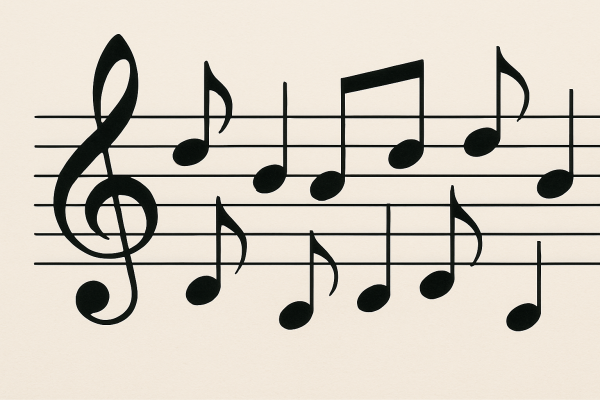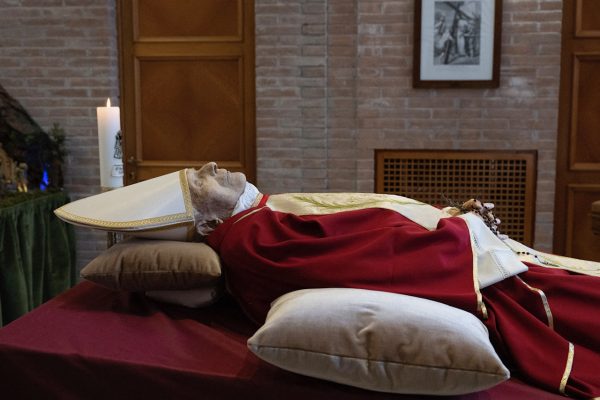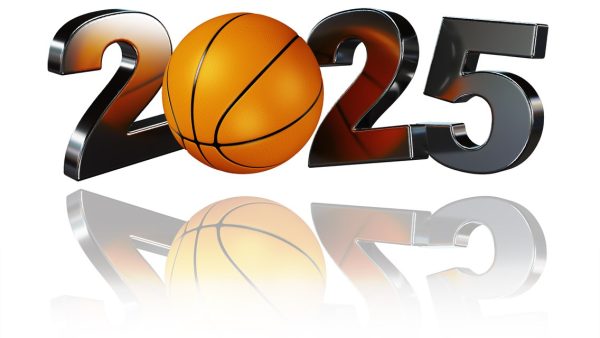My Atypical Journey through College Admissions
It is said by college admissions officers that the best college applications are those that close peers can identify even without a name labeled on the file. As a high school senior myself, I attempted to do just that throughout all my applications. What are the odds, then, that another individual with the same name and birthday applies to the same colleges the same year? Rare. Nevertheless, I came to learn there was another Sean P. born on December 1, 2002 applying to college this year living a mere 170 miles away.
A high school senior from Blue Bell, PA, a suburb located just outside Philadelphia, Sean “wasn’t sure whether to laugh or be annoyed that such a thing could cause an inconvenience.” As we both opened application portals from so-and-so institutions, we were most definitely caught off guard by a cascade of errors: incorrect addresses, erroneous test scores, and one another’s email addresses. Not to mention, there was the fear that colleges received the wrong teacher recommendations, supplemental essays, and background information. Quite bluntly, as noted by the other Sean, all I could do was hope such “odds would likewise play in my favor in my college admissions process.”
With such circumstances, the importance of accurately presenting myself on my college applications was paramount to getting admitted. Acceptance into college this application cycle proved more difficult than any years prior, requiring Sean and I to handle such a situation with maturity and caution.
“It is crucial to approach tasks like these with prudency so that adapting to the circumstances doesn’t become as big an issue,” Sean noted. “I would advise to openly communicate with one other and make sure that all schools with ‘both Sean Parks’ understand what is going on.”
Akin to Sean’s statement, communication was our greatest asset in handling this situation. Sean and I communicated as efficiently as possible to allow admissions officers from various institutions to recognize and alleviate the situation.
Interestingly enough, stats and numbers were certainly inadequate to distinguish our two applications. For high school students out there who believe a near 4.0 GPA and a 1550+ on the SAT are sufficient to differentiate oneself from the remainder of the applicant pool, I advise you to think twice. This also applies to students who believe a certain GPA and test score are necessary standards to be deemed “good enough” for admission to the college of their dreams.
When it comes to recognizing the difference between our applications, it most certainly came down to our individual endeavors, personalities, and passions. As for Sean, he enjoys studying Applied Economics, creating documentaries, and participating in acapella and film festivals. As for myself, I enjoy studying Microbiology, creating online courses for students, and participating in wind ensembles and infectious disease presentations. In short, our files were most definitely distinguishable when it came to the core of who we were as individual scholars.
Retrospectively, an experience like such was meaningful and insightful. Despite the adversity Sean and I faced throughout this application cycle, it was luck and the undertakings we took as individuals and with one another that enabled us to be admitted to our top-choice institutions.
Simply put, there are no standards or prerequisites—near-perfect grades, near-perfect test scores, and a plethora of extracurricular involvement—in place to get admitted to any institution. If you know and stay true to yourself, you will recognize a school you can call home for the next four years and most certainly have a shot at getting admitted.
Sean and I are excited to announce that we will be attending the University of Pennsylvania and Brown University respectively. And if there was a final take away from this experience, it’s that I made one good friend out of it and acquired, as Sean puts it, “one very interesting anecdote for conversation.”





